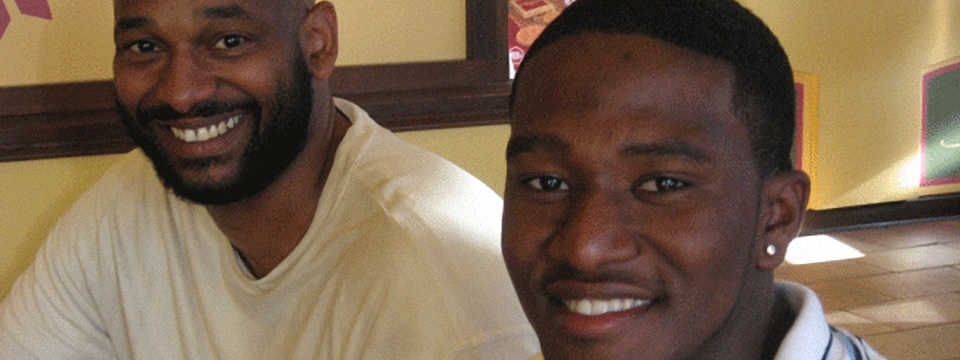On sparks, purpose, and natural mentors
 Reflections on Natural Mentoring Conference
Reflections on Natural Mentoring Conference
by Peter Samuelson, Director, Research & Evaluation, Thrive Foundation
If we want to increase the number of caring adults in the lives of youth, where might they be found?
In the mentoring field, the metaphor of “fishing” has been used to illustrate mentoring. To increase the presence of caring adults in the lives of youth, two strategies can be pursued. One is to teach the youth “how to fish” – i.e. give them the desire, skills, and insights they need to find their mentors. The second is to “stock the pond,” – i.e. give adults the awareness, skills, and desire to reach out to youth in mentoring relationships. Perhaps a third option is also needed: pay attention to the pond’s location. In other words – pay attention to where youth and adults are meeting – where the youth are “coming to fish.”
We know from surveying youth, that they turn to adults to guide and mentor them, especially in adolescence. Sometimes these relationships are brokered by youth service organizations and are “formal” in nature. Sometimes, they are more accidental, or at least less formal, and arise out of naturally occurring relationships, such as within families (a relative), within schools (teachers, coaches), within extra-curricular activities (sports, music, art), or within churches (pastors, youth workers). These “natural” mentoring relationships are most common. The best estimates are that only 15% of youth have a formal or brokered mentor, whereas 85% have an informal or “natural” mentor.
The experience of my son in his teenage years serves as a good illustration. As a teenager, Isaac needed a part time job to get some spending money. He found out that his school was paying students for part-time janitor work. His supervisor, who had no more than a high school education, became a mentor to him, teaching him the value of hard work. The need was a job, but Isaac also had an interest in becoming a good worker. The “pond” was the school, where Isaac had connections to caring adults. The relationship developed naturally within that setting. Isaac benefited from the relationship with his boss who taught him valuable life skills.
One prominent feature of these “natural” mentoring relationships is that they are often youth initiated, and center around youth seeking guidance in an area of interest to their personal development. The adult is often responding to a need the youth has, whether the need to gain expertise (sports, music, academics), experience (internships, shadowing), or support (emotional, spiritual). In the formal mentoring sphere, youth are matched with a mentor because it is generally recognized that having a mentor or caring adult in the life of a youth is a good thing for positive youth development. So the motive for the relationship is “to have a mentor.” Out of that might grow a mutual pursuit of an interest, or the support of skill development, or the solution to a specific need. This approach is sometimes called a “developmental style” because the relationship is primary (MENTOR, Elements of Effective Practices for Mentoring, 4th ed.).
In natural mentoring relationships, the motive is different. It is the interest, the pursuit of a skill, the felt need on the part of the youth that begins the relationship. In these cases, the youth is looking for specific guidance, and seeks out a caring adult who can answer their specific need. It may be they need help with academics and seek out a tutor or teacher. It could be they are interested in dance or music and seek out (or their parents hire) a teacher. It could be there are interested in sports and they join a team with a coach. It might even be that the youth needs emotional support and seeks out a trusted adult for guidance. In each case the motive it to answer a need, whether the need is to become better at something (sports, music, art, academics) or to solve a problem (emotional, relational, material). This is sometimes called an “instrumental style” because the goal directed activity is the primary starter in the relationship and from there more of the elements of the developmental style may grow (MENTOR, Elements of Effective Practices for Mentoring, 4th ed.).
Where youth and adults meet in “natural” settings are around shared interests, most often youth initiated. The field of positive youth development has long recognized the crucial role the pursuit of interests (sometimes called “sparks”) and purpose in helping youth thrive. It could be that the discovery of a purpose and a spark is a key mechanism in youth development that can both motivate the youth to pursue caring adults and to draw caring adults into the lives of youth. This is the “pond” where youth and mentors meet: around shared interests.










